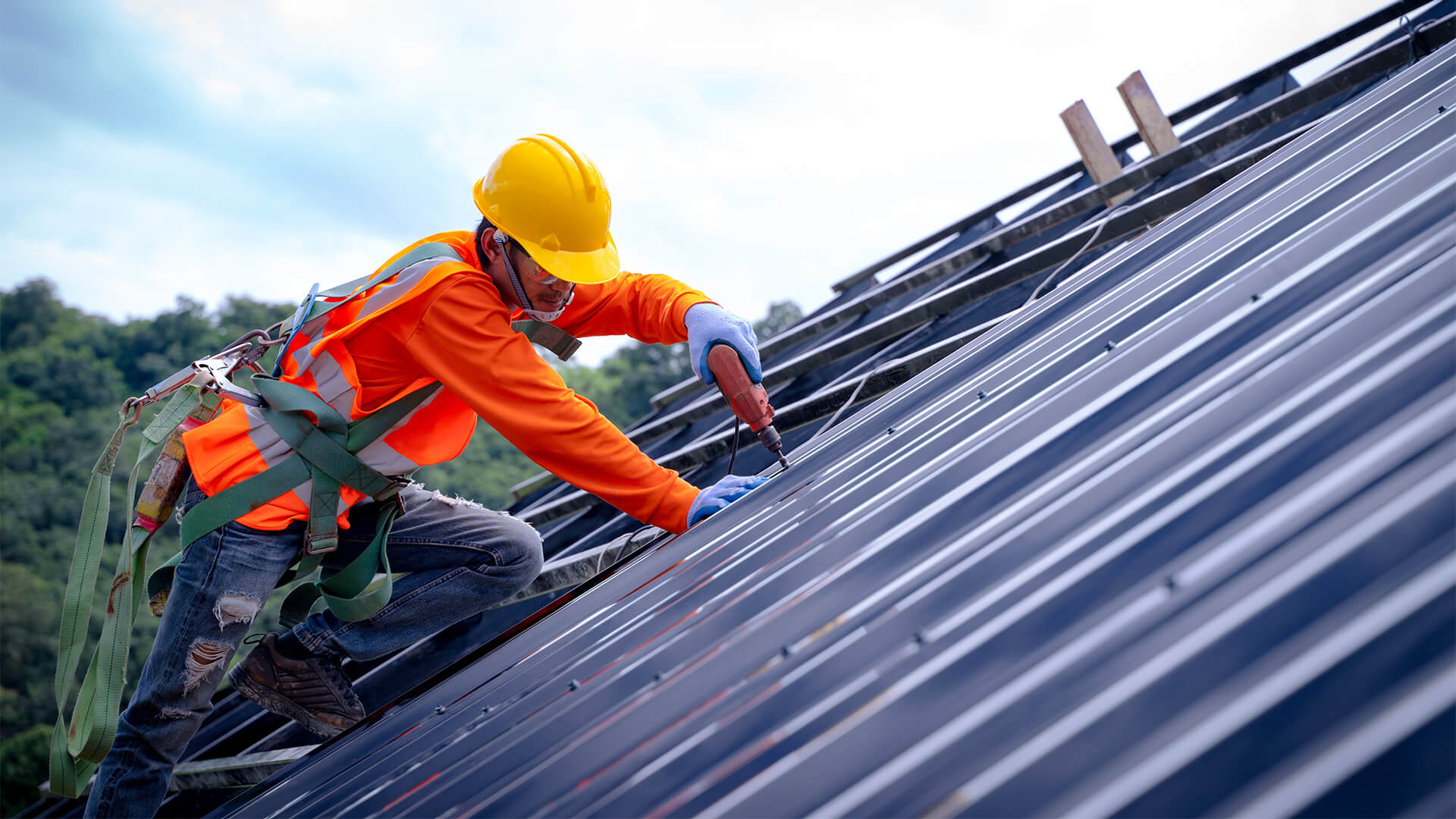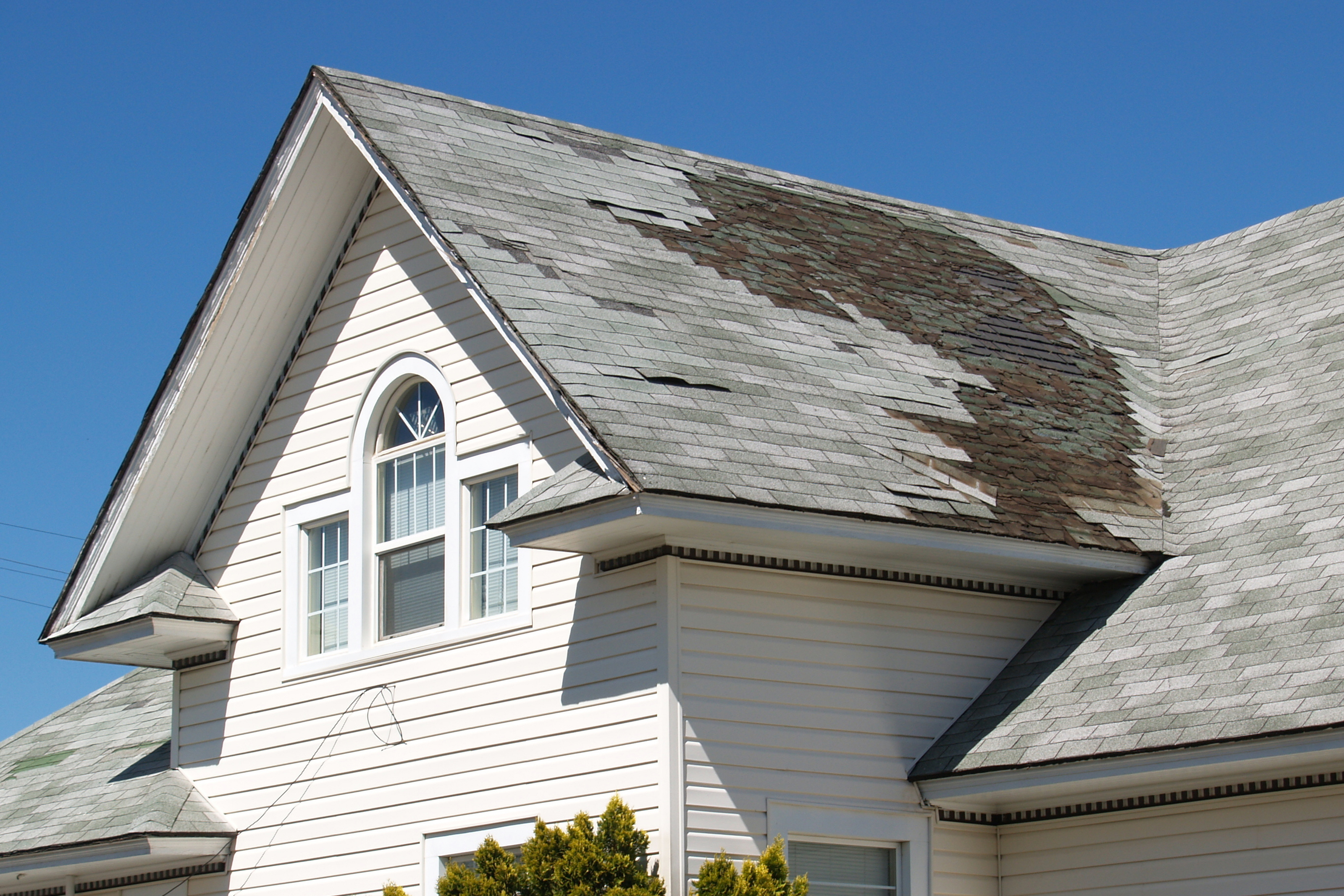A Home owner's Guide to Kind of Roofs: Choosing the Right Design for Your Needs

Popular Roof Styles
When it comes to choosing a roofing system style, home owners commonly evaluate their alternatives meticulously to guarantee both aesthetic allure and capability. Amongst the most preferred styles are the gable, hip, and level roofings, each offering unique benefits and visual attributes.
Saddleback roofs, characterized by their triangular form, are preferred for their straightforward style and effective water drainage. This design is especially fit for regions with hefty rains or snow, as it lessens the danger of water pooling.
Hip roofs, which slope on all 4 sides, offer additional security and longevity, making them an excellent option for locations vulnerable to high winds. Their building intricacy enables better layout flexibility and can enhance the general visual allure of a home.
Level roof coverings supply a modern aesthetic and take full advantage of usable exterior space, making them prominent for city settings. While they call for even more maintenance to stop water accumulation, their streamlined appearance can complement modern design.
Inevitably, the choice of roof covering design must show the house owner's individual preference while thinking about aspects such as neighborhood environment, architectural layout, and possible resale worth. Each style contributes distinctively to a home's total personality and efficiency.

Product Options
Picking the suitable roof product is just as vital as picking the ideal style, as it considerably affects the roof covering's resilience, maintenance needs, and total visual. roofers oahu. Property owners have a selection of alternatives to take into consideration, each with one-of-a-kind advantages and downsides


Metal roof covering offers outstanding sturdiness and long life, usually surpassing 50 years, while additionally being immune and lightweight to fire and rot. Steel roofs can be much more pricey upfront.
Clay and concrete ceramic tiles provide a timeless look and impressive life expectancy yet need a strong structure because of their weight. These products are highly long lasting and immune to harsh climate condition. Wood drinks give a rustic visual yet necessitate regular maintenance to stop rot and bug damages.
Finally, synthetic roofing products, such as rubber or plastic composites, mimic the look of traditional materials while being low-maintenance and light-weight. Inevitably, the option of roofing material should align with the house owner's budget, preferred life expectancy, and upkeep choices, ensuring an appropriate match for their particular needs.
Power Effectiveness Factors To Consider
Power effectiveness plays a critical duty in the total performance of a roof, affecting both environmental sustainability and property owner utility expenses. When choosing a roof covering, it is necessary to consider materials and styles that boost energy performance. For example, reflective roof products, often described as "cool roofing systems," can significantly reduce heat absorption, lowering interior temperature levels and decreasing the demand for air conditioning.
Furthermore, the roof covering's color and incline can influence its power efficiency. Lighter colors usually show extra sunshine, while steeply pitched roof coverings assist in much better airflow, reducing warmth buildup - roofers oahu. Insulation additionally plays an essential role; a well-insulated roofing system can stop warmth loss in winter season and keep interiors cooler in summer season, therefore go to website enhancing power cost savings
Furthermore, integrating energy-efficient roof covering choices with photovoltaic panels can additionally decrease power costs and reliance on nonrenewable resources. House owners ought to additionally think about neighborhood environment problems when picking roof covering materials and styles, as these variables directly influence energy intake.
Maintenance Requirements
The long life and efficiency of a roof are considerably affected by the maintenance needs connected with its design and products. Various roofing kinds require varying levels of upkeep, which can influence both the homeowner's time and budget plan.
Asphalt tiles, as an example, normally call for annual assessments to check for deterioration, including broken or missing out on shingles. Regular cleaning of rain gutters is necessary to prevent water damage and prolong the roofing's life expectancy. Steel roofings, while durable, still need routine look for corrosion and sealer stability. These roof coverings additionally take advantage of cleansing to preserve aesthetic appeal and performance.
Tile roof coverings, recognized for their longevity, need much less frequent upkeep yet require mindful examination and substitute of damaged tiles. Flat roof coverings, although supplying modern-day looks, often require even more focus; they call for regular examination for merging water and debris removal to prevent leaks.
Ultimately, Bonuses recognizing the maintenance needs related to different roof covering styles makes it possible for house owners to make informed choices, making certain the picked roof straightens with their way of life and dedication to upkeep. Focusing on upkeep will improve the roofing's efficiency and expand its life span, offering satisfaction for many years to find.
Influence On Resale Worth
When thinking about a new roofing design, property owners should recognize that the selection can significantly influence the residential property's resale worth. A well-chosen roof not just enhances visual appeal but likewise signals to possible customers that the home is well-kept and structurally sound. Different roof materials and designs bring varying levels of worth in the property market.
For example, asphalt roof shingles are popular due to their price and large array of shades, often attracting budget-conscious customers. Alternatively, a steel roofing system, while much more expensive upfront, supplies longevity and energy effectiveness, which can draw in purchasers searching for low upkeep and sustainability. Additionally, one-of-a-kind designs such as slate or floor tile can add a touch of high-end, potentially enhancing the home's worth in upscale markets.
Regional preferences likewise play a vital role; homes in locations with hefty snowfall may profit from considerably pitched roofings, while coastal regions might favor durable materials resistant to deep sea corrosion (roofers oahu). Eventually, house owners must think about both visual appeal and practical benefits when selecting a roof covering. A thoughtful selection makes sure that the investment not just satisfies personal needs but additionally improves the property's marketability and resale potential
Final Thought
To conclude, choosing the suitable roofing system design requires a careful evaluation of numerous aspects, consisting of neighborhood climate, building layout, and upkeep needs. Each roof covering option, whether it be gable, hip, or flat, possesses distinctive benefits and negative aspects that impact power efficiency and potential resale worth. Eventually, an educated decision pertaining to roofing selection can improve the aesthetic allure, functionality, and long life of a home, guaranteeing it continues to be a valuable asset for many years to find.
Picking the appropriate roof design for your home is an essential decision that can substantially affect both looks and performance. While gable roofs excel in water drain, hip roofs may offer greater strength versus wind.When considering a brand-new roofing system style, home owners ought to acknowledge that the choice can dramatically affect the residential property's resale value. Inevitably, property owners need to take into consideration both aesthetic charm and sensible benefits when selecting visite site a roof.In verdict, choosing the ideal roof covering style demands a cautious evaluation of different aspects, including local climate, architectural layout, and maintenance needs.